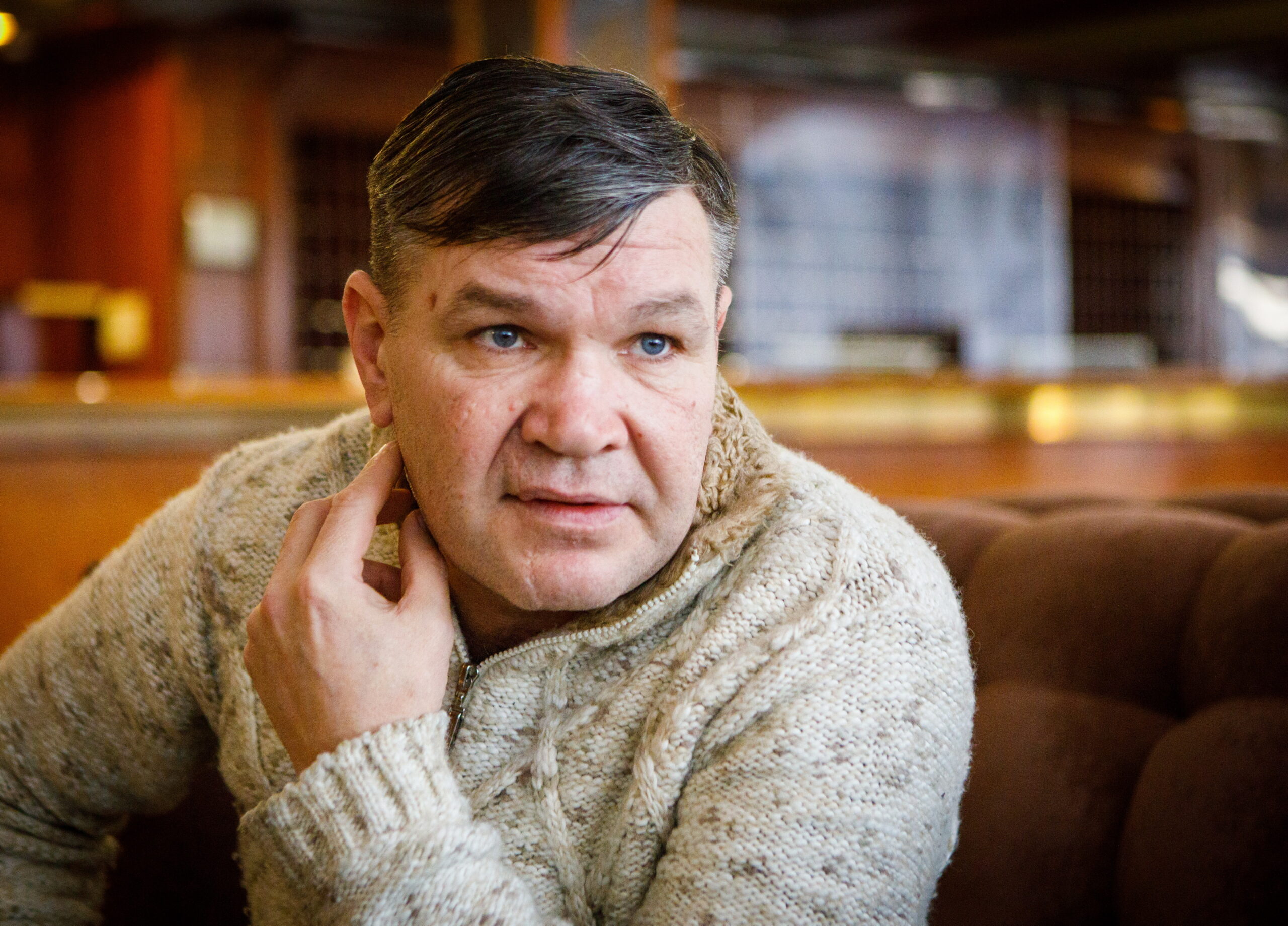
On December 24, on Christmas Eve, before another trip to repair work, Saulkin decided to go to the market to buy groceries. At the same time, the central part of Kherson was subjected to massive shelling. That day, 11 townspeople died, and 64 more were seriously injured, and Saulkin was one of them. He was going to the market through the central square, where children played and walked the dogs. Two shells exploded near Saulkin. "A man who was walking twenty meters away from me died. My leg was immediately torn off. I immediately clamped my leg, prayed to God not to lose consciousness, and screamed for help like a madman," Saulkin shared with Rubryka. "I remember one guy came up, saw the injuries, got scared, and ran away. Another came up, got scared, and ran away. I was saved by the cyclist Mishanya."
First surgery, then the burn ward — Saulkin was in the hospital for almost a month and a half. His friend Larysa, also a volunteer, having learned about the BGV Charitable Foundation and the Estonian government initiative, contacted the foundation's representatives. Subsequently, BGV partners helped transport the wounded from Kherson to Kyiv. From there, Saulkin went to Tallinn, Estonia, where local doctors gave him a new chance to move fully.

Already in Estonia, Saulkin was being prepared for prosthetics.
Saulkin returned to Kyiv on March 31 — with a smile, a new leg, and a desire to move forward. He was fitted with an electronic prosthesis and underwent a rehabilitation course during this time.
At first, he was made a trial stump receiver in two days, which he used for two days, trying it out. It felt fine, and he was made a permanent one in a week. Unfortunately, Saulkin suddenly fell ill with COVID-19 and was sent to a sanatorium for treatment. While he was being treated, his stump got smaller, and the prosthetic no longer fitted. The doctor insisted that it be replaced. That's why he had to stay in Estonia for a while.

The prosthesis that the man received is one of the best.
Such an electronic prosthetic is supposed to be more convenient and functional than a mechanical one. It has different modes that can be adjusted depending on the lifestyle of its owner. Saulkin chose modes of walking, cycling, and rollerblading for his prosthesis: "The doctor said: 'If you go rollerblading, definitely send a video because no one has done it yet,'" Saulkin smiles.
After installing the prosthetic, Saulkin regularly trained in the gym with a physiotherapist every day: "The exercises were simple. If a person wants to work, they will work — with or without a physiotherapist. The main thing is to have a desire and a goal. If there is a desire and a goal, then everything will be fine with you."

With a new limb, Saulkin can once again take care of his mother, volunteer and make plans for a fulfilling future.
The series of materials Faces of Strength was created within the framework of the special project of the Ukrainian Charitable Foundation BGV and solutions media Rubryka as a way to express gratitude to the Republic of Estonia for the systematic support and with great hope for the continuation of the program on prosthetics of Ukrainians. You can support the prosthetics of Ukrainian defenders by clicking HERE. Your contribution will go towards covering logistics costs for program participants.








